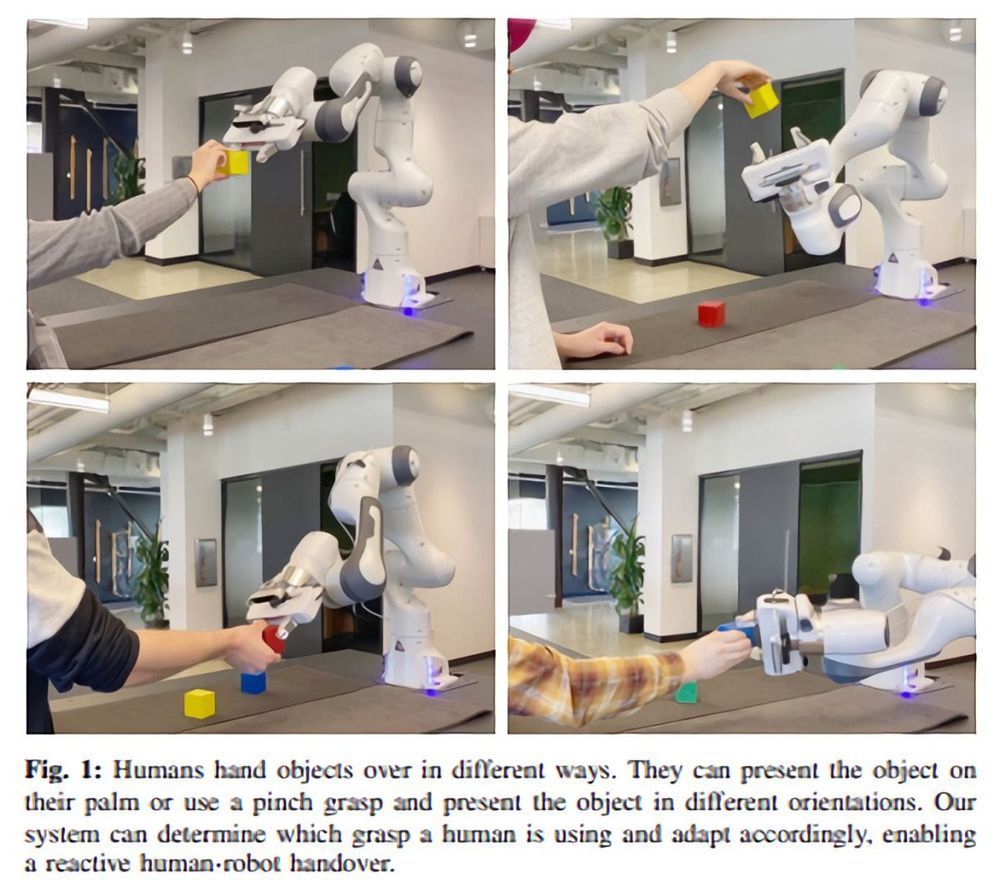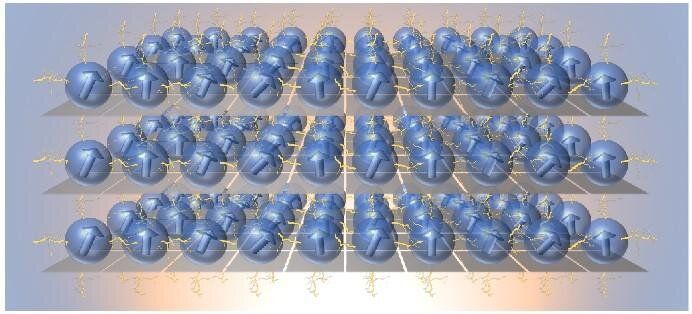This video was made possible thanks to the kind donations of our supporters on Patreon and Ko-fi. Join them in supporting us.
Buy the team a coffee — or a meal! https://ko-fi.com/transportevolved
Follow our ‘second’ channel — Transport Evolved Take Two, at https://www.youtube.com/transportevolvedtake2
Follow the show on Twitter https://www.twitter.com/TransportEvolve
Buy Transport Evolved SWAG : https://teespring.com/stores/transport-evolved
Join our Discord Channel: https://discord.gg/9WAjfQn
Support us on Patreon: https://www.patreon.com/transportevolved
Follow Nikki’s personal channel at https://www.youtube.com/channel/UCZWSrDEYcNoio7QaetV_JKA
——
While most electric cars already travel further per charge than most people need them to on a daily basis, there’s still a massive hunt to find the longest-range, cheapest, longest-life battery pack possible for future generations of EVs.
We’ve known for a while that solid-state technology is likely to play a massive part in next-generation electric cars — but exactly what the make up of those solid-state batteries will be is still unknown.
Earlier today though, Samsung announced a new battery breakthrough that it says will make it possible to build a solid-state battery pack capable of more than 800-miles per charge while halving the physical battery size compared to today’s battery packs.
Watch the video above to find out more, support us with the provided links, and let us know what you think below — but remember to keep your comments civil!
Presenter: nikki gordon-bloomfield produced: transport evolved






